First flight of KAAN stealth fighter gives Ukraine "optimism"
Friday, February 23, 2024 11:00 AM (GMT+7)
Türkiye's KAAN stealth fighter made its first flight on January 21, sending a very positive signal not only to the country that produced it, but also to many potential international customers, including Ukraine.
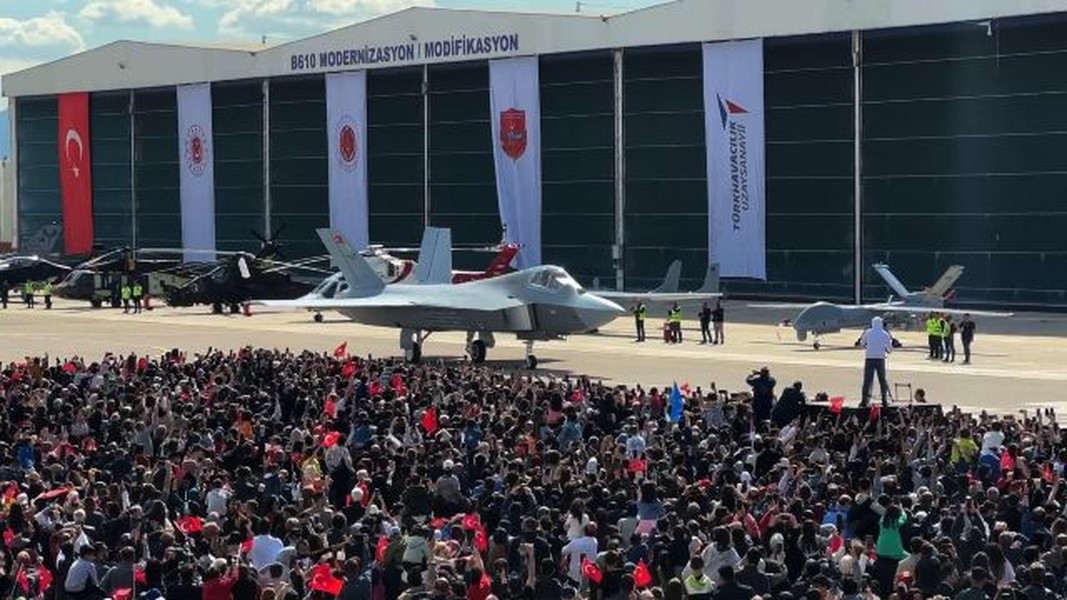
Other countries, such as Azerbaijan, Pakistan and Ukraine, have noted Türkiye’s determined efforts to build the KAAN stealth fighter. They admire Ankara’s ambition but pragmatism, according to Military Watch.
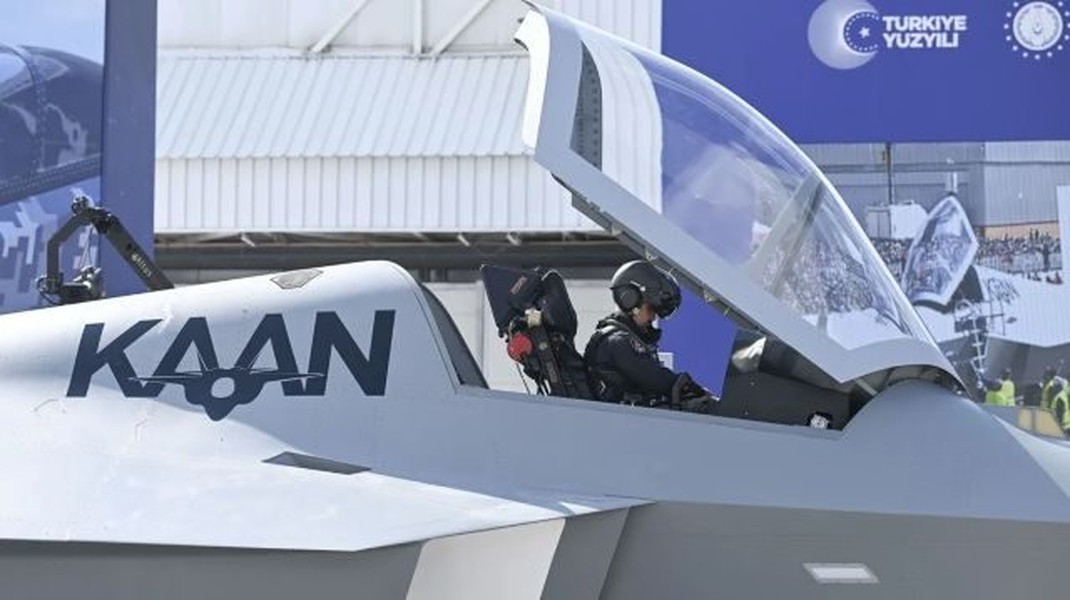
With the successful test flight of the KAAN, Türkiye has joined the elite group of countries capable of producing a fifth-generation fighter, even if the product is not yet complete. According to Military Watch.
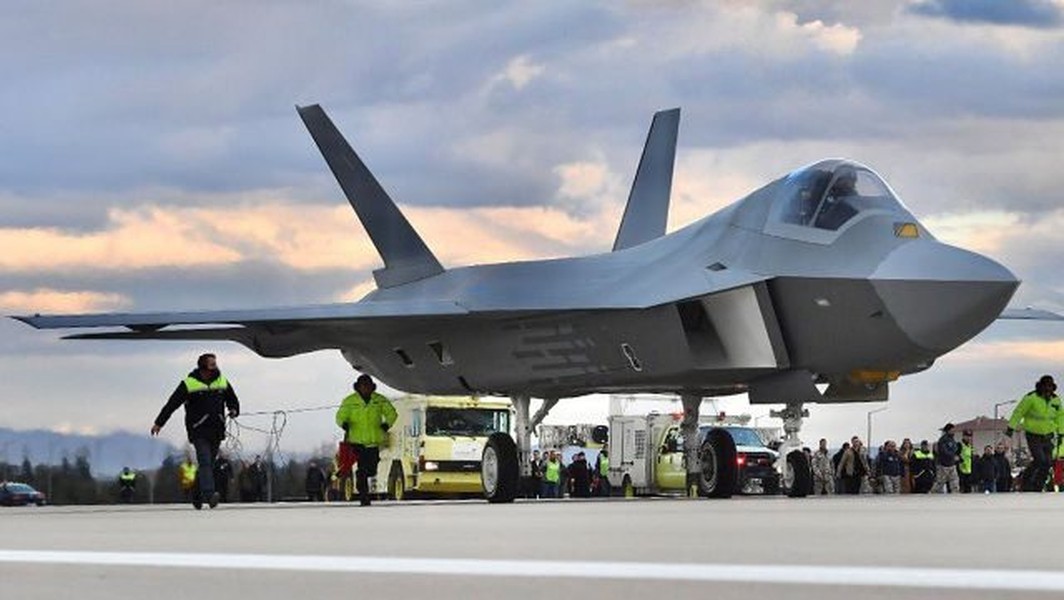
Despite Türkiye’s progress with KAAN (also known as TF-X), potential roadblocks remain. Challenges such as high inflation and a soaring foreign debt that will reach around $476 billion by March 2023 could hamper progress, according to Military Watch.
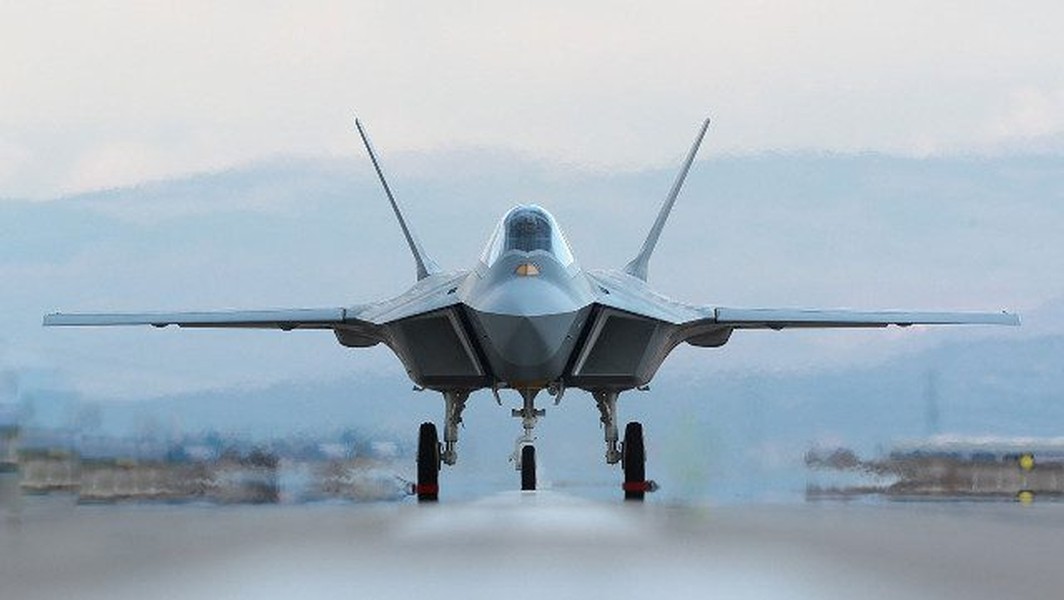
In an interview in March 2021, a manufacturer representative estimated that a TF-X fighter jet would cost nearly $100 million, according to Military Watch.
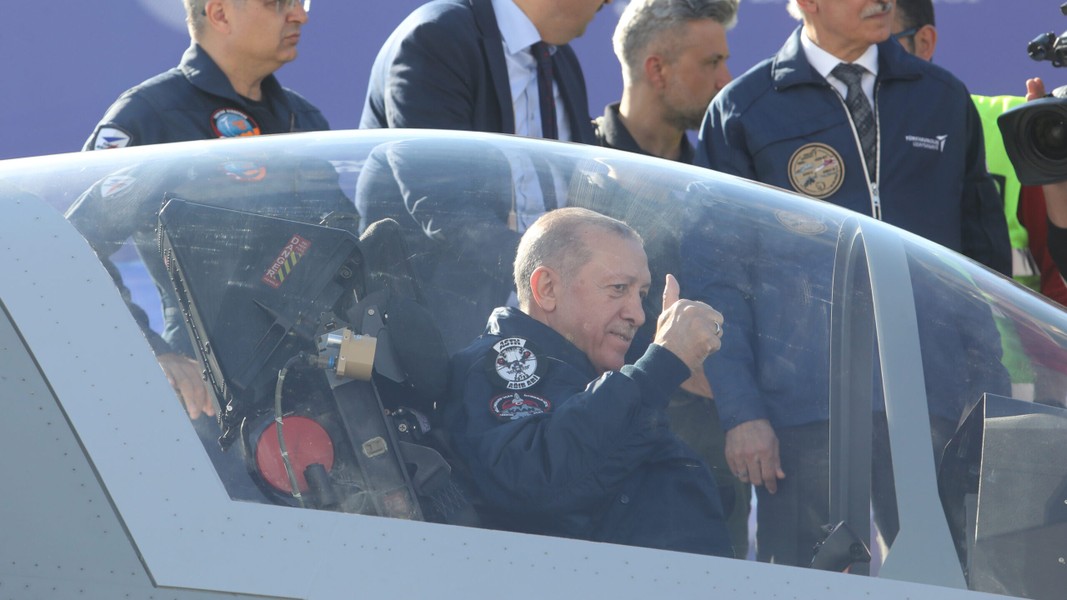
Preliminary information indicates that test pilot Barbaros Demirbas took the KAAN to an altitude of 2,400 m and maintained a speed of 370 km/h during the short 13-minute flight, according to Military Watch.
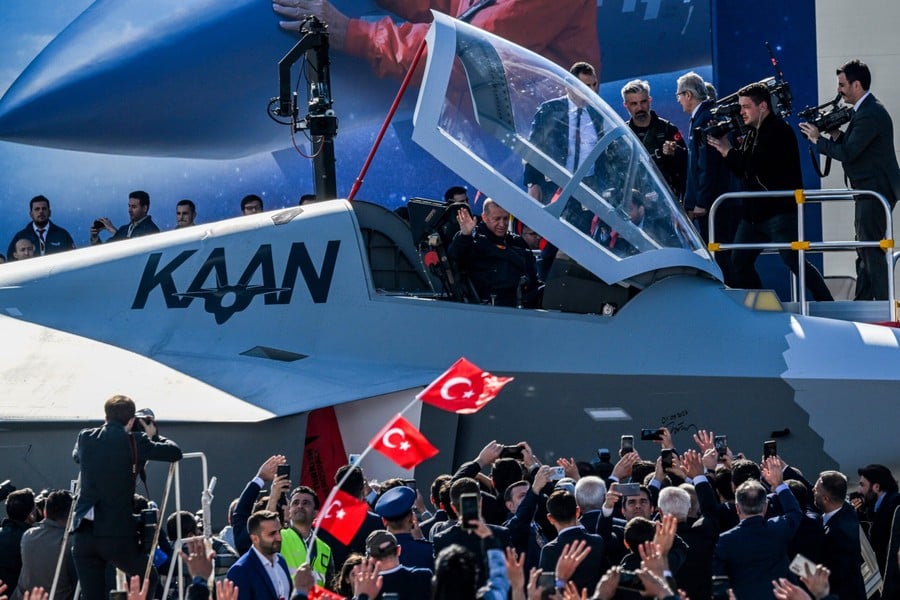
TAI - the main contractor responsible for developing this 5th generation fighter, completed runway tests in March 2023. Their goal is to deliver 20 KAAN Block 10s to the Turkish Air Force by 2028. According to Military Watch.
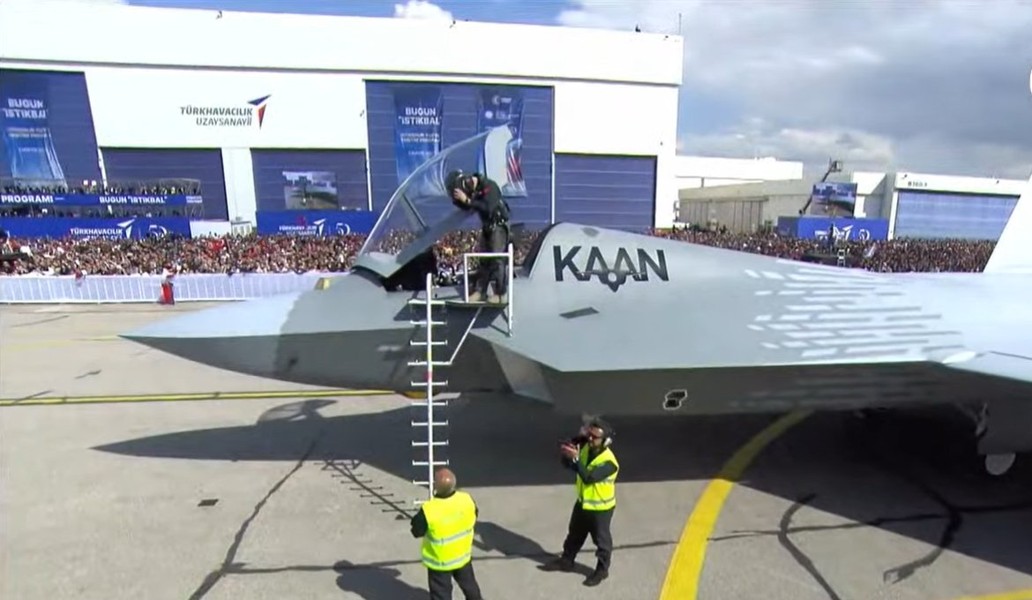
They are also preparing the second and third prototypes, which will take off in 2025 and 2026 respectively, while the remaining prototypes will be shipped in 2034, the Block 20 version will demonstrate the full capabilities of the fifth-generation fighter, with advanced equipment. According to Military Watch.
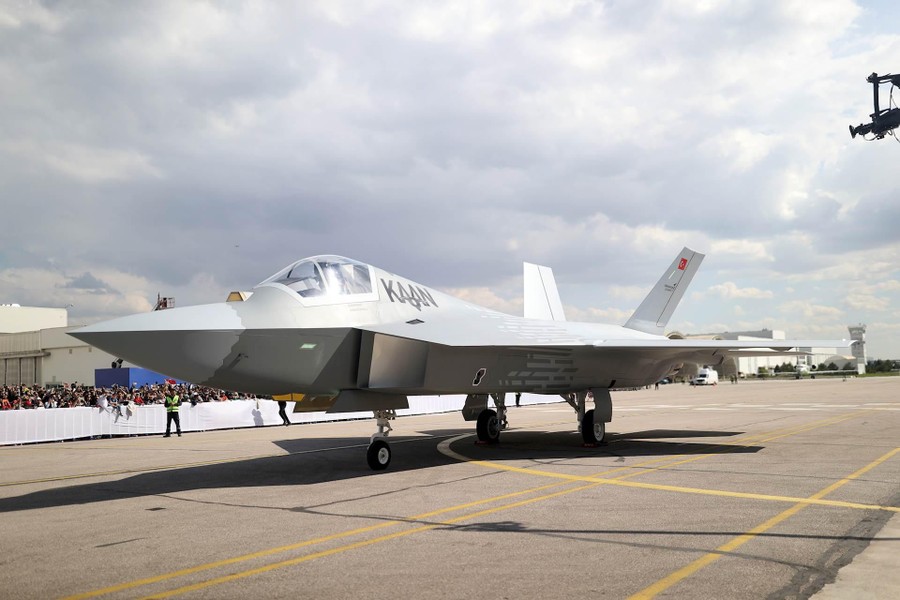
The TF-X/KAAN has a lightweight carbon composite body. As a NATO member, Türkiye launched the project in 2016, with TAI partnering with Britain's BAE Systems in a $125 million deal. According to Military Watch.
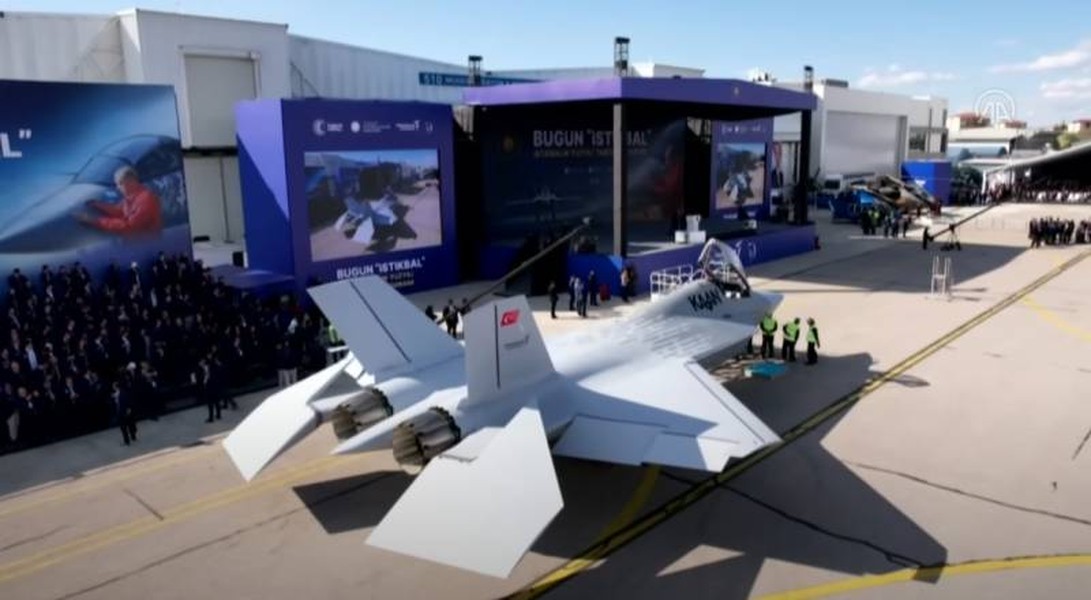
KAAN is designed primarily for air-to-air combat, but will also have ground attack capabilities. The planned arsenal includes both domestic and foreign types, according to Military Watch.
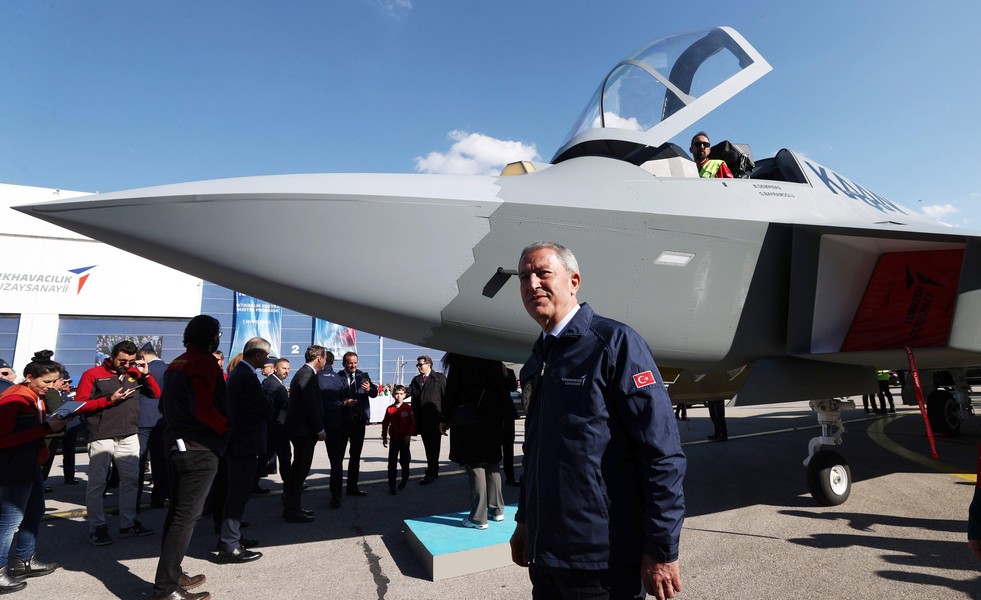
These will include MBDA's Meteor and MICA air-to-air missiles, Raytheon's AIM-120 AMRAAM and its own domestically developed Gökdoğan, as well as short-range weapons such as Türkiye's AIM-9X, ASRAAM and Bozdoğan missiles, according to Military Watch.
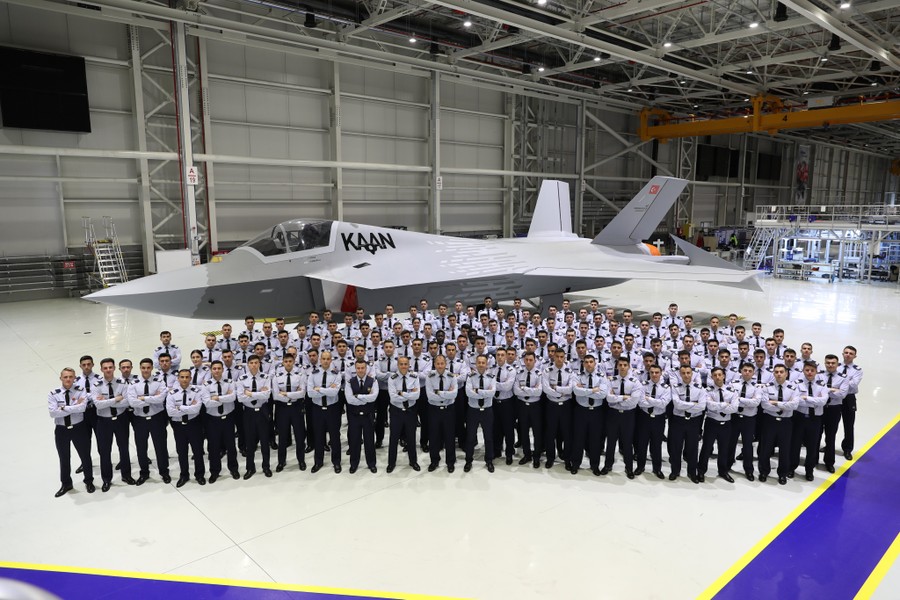
For ground attacks, the KAAN will use a new reconnaissance vehicle and will be able to carry a weapons payload of up to 500 kg, mainly precision-guided munitions. The aircraft will also be equipped with TÜBİTAK SAGE's SOM-J cruise missile, which has a range of 100 km, according to Military Watch.
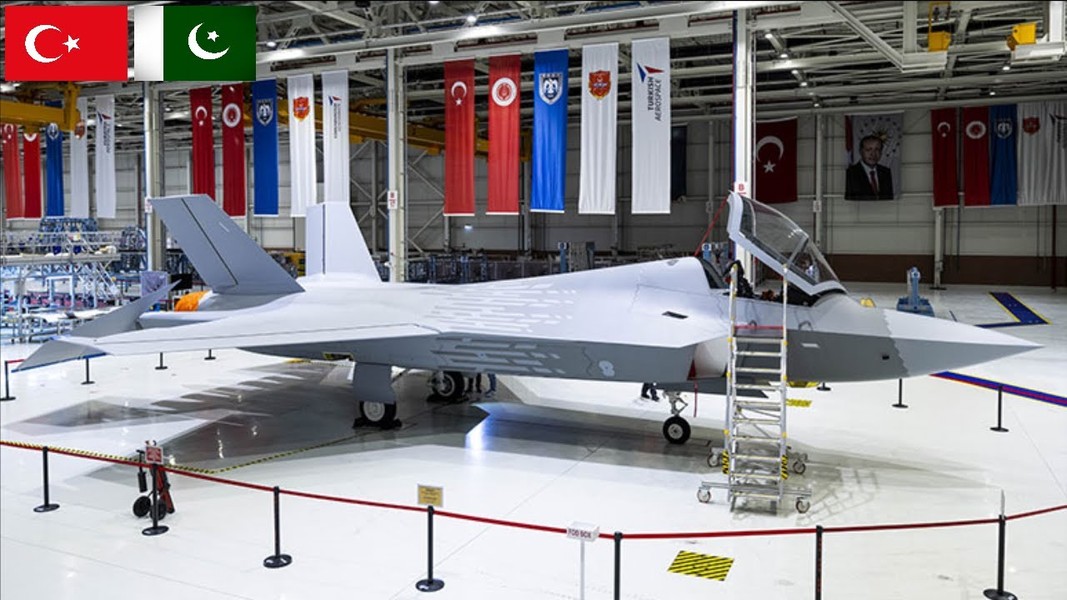
In 2023, Türkiye and Azerbaijan agreed on a major deal to jointly develop the TF-X/KAAN. And they are not alone – Pakistan seems to be ready to participate, Turkish Defense Minister Yasar Guler said. According to Military Watch.
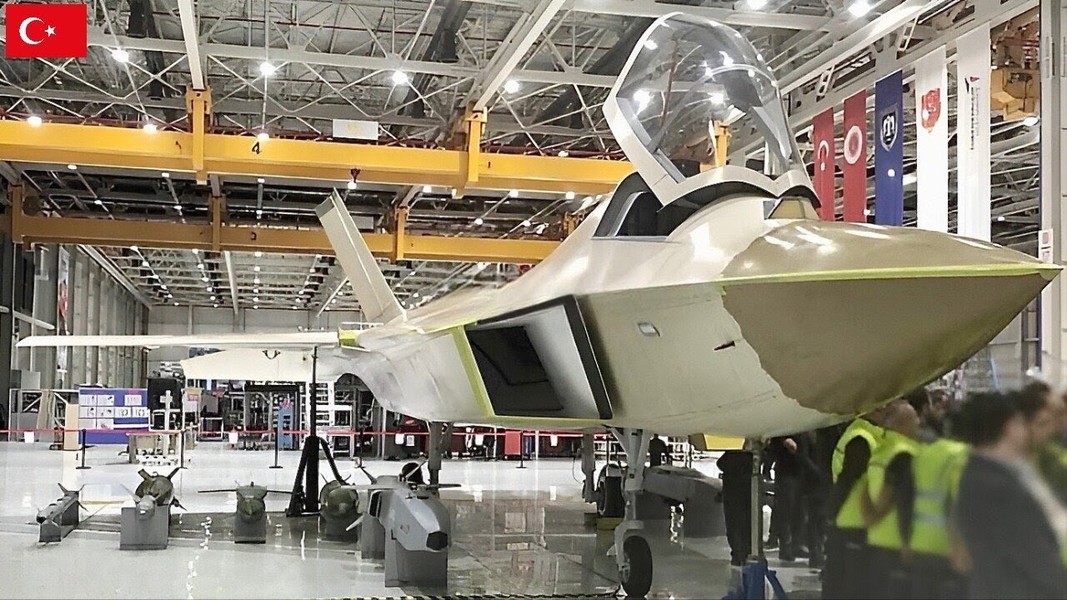
With tensions with NATO nations, Turkey has sought allies. Financial support from Azerbaijan and Pakistan would certainly be beneficial. The upcoming flight of KAAN will further cement this partnership. While neither country is a major aerospace power, their large economies of scale could significantly reduce the per-unit cost of these advanced jets, according to Military Watch.
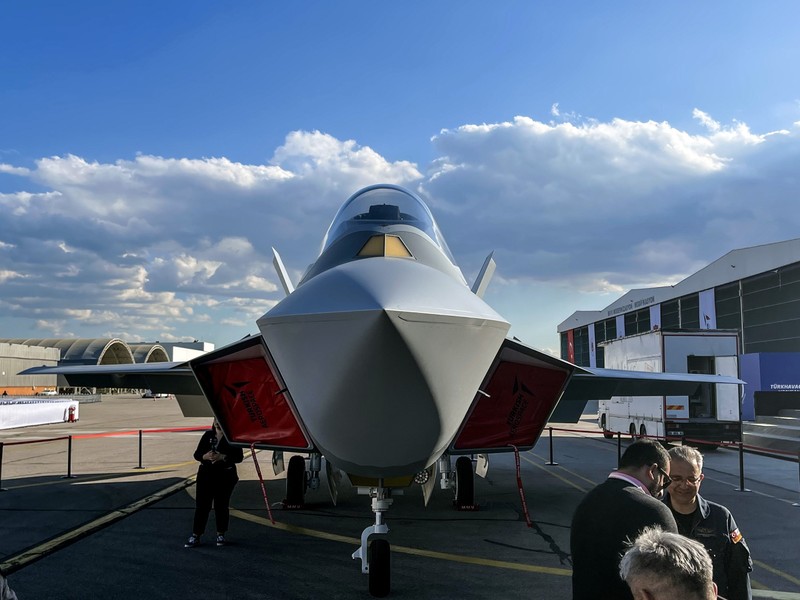
The next potential partner is Ukraine, said Vasyl Bodnar, Ukraine's ambassador to Turkey, who said Kyiv wants more than just the KAAN fighter jet. "We have a well-thought-out plan for how to use it," the diplomat said, according to Military Watch.
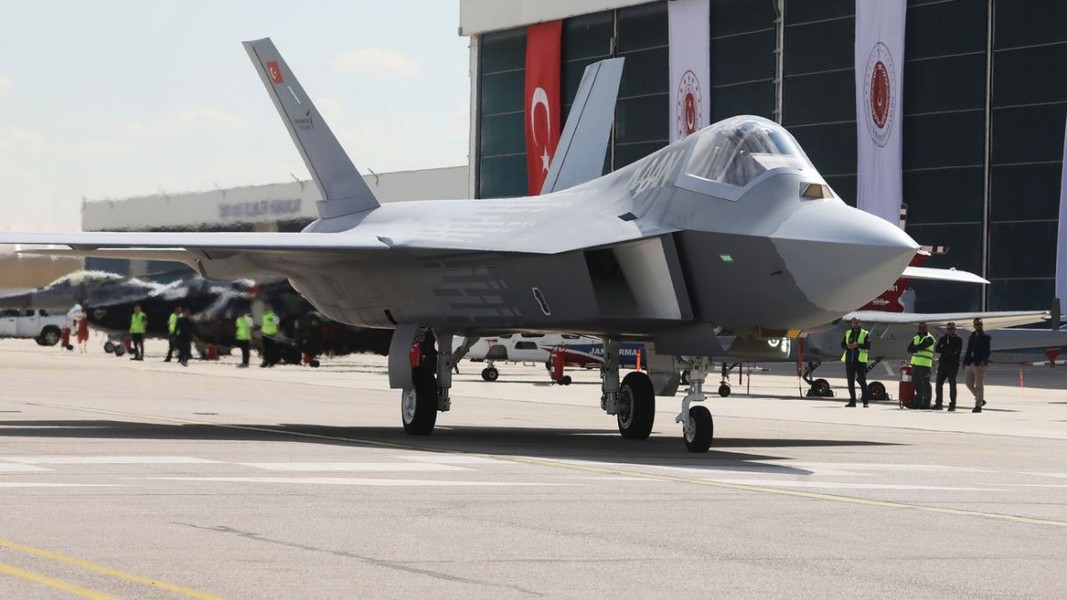
Mr. Bodnar also mentioned that Ukraine has high hopes for KAAN because it believes it can compete with other 5th generation heavy fighters such as the US F-35 and F-22. Moreover, Kyiv has been actively involved in the development of KAAN. According to Military Watch.
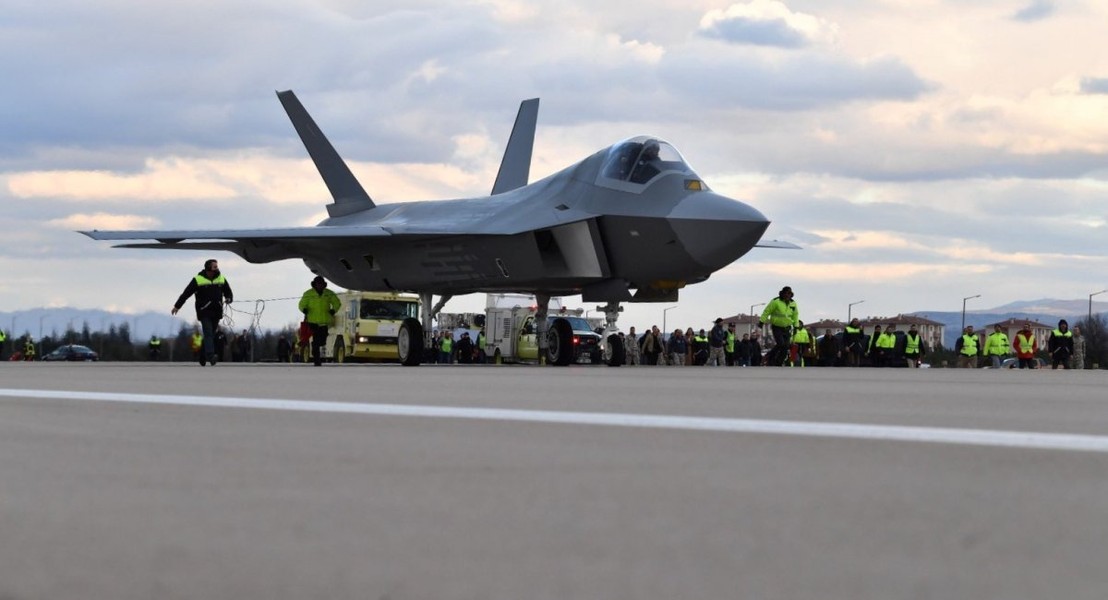
Ukraine is said to have provided Türkiye with the necessary technologies in manufacturing engines, radars, as well as the know-how to make materials that help absorb radar waves. According to Military Watch.
PV (According to ANTĐ)
Source




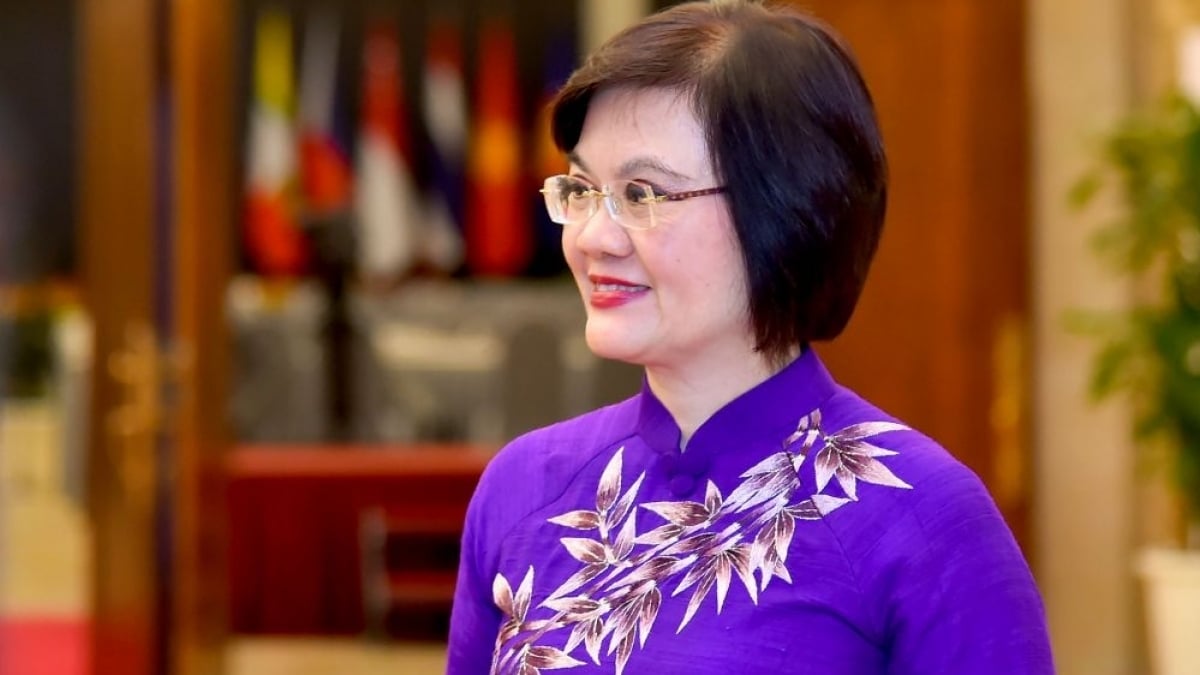




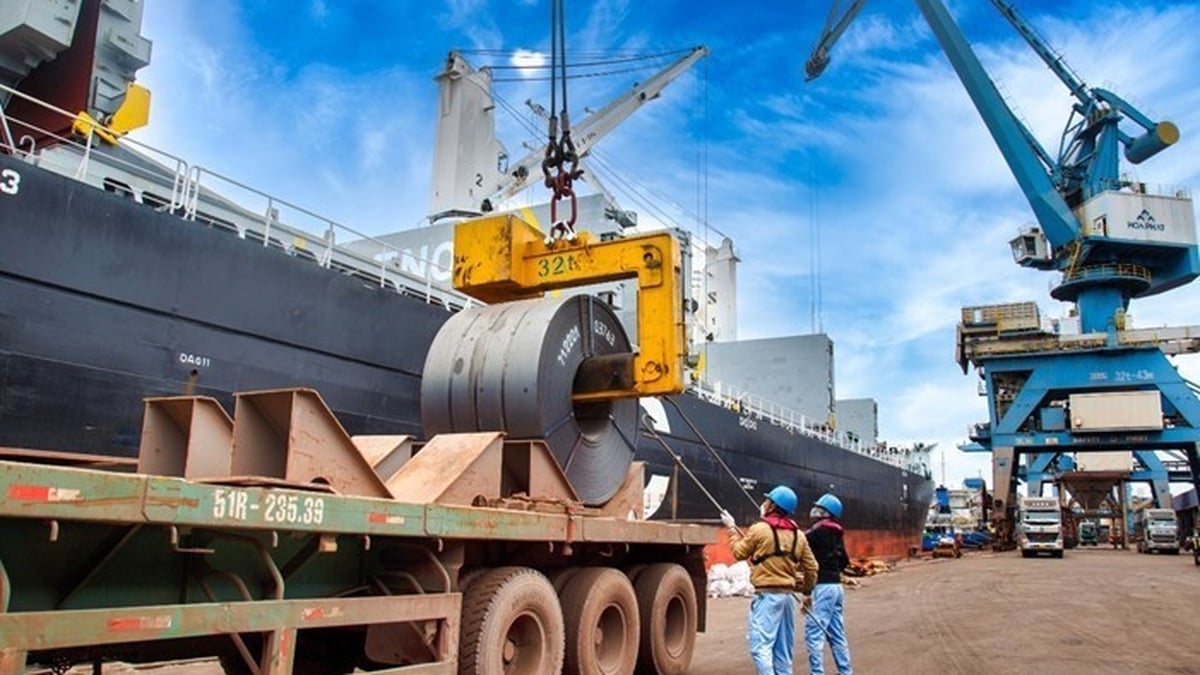




















































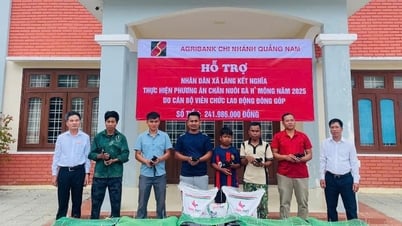







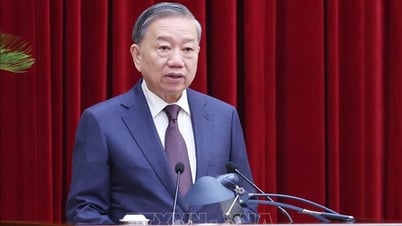


























![[Infographic] In 2025, 47 products will achieve national OCOP](https://vphoto.vietnam.vn/thumb/402x226/vietnam/resource/IMAGE/2025/7/16/5d672398b0744db3ab920e05db8e5b7d)





Comment (0)